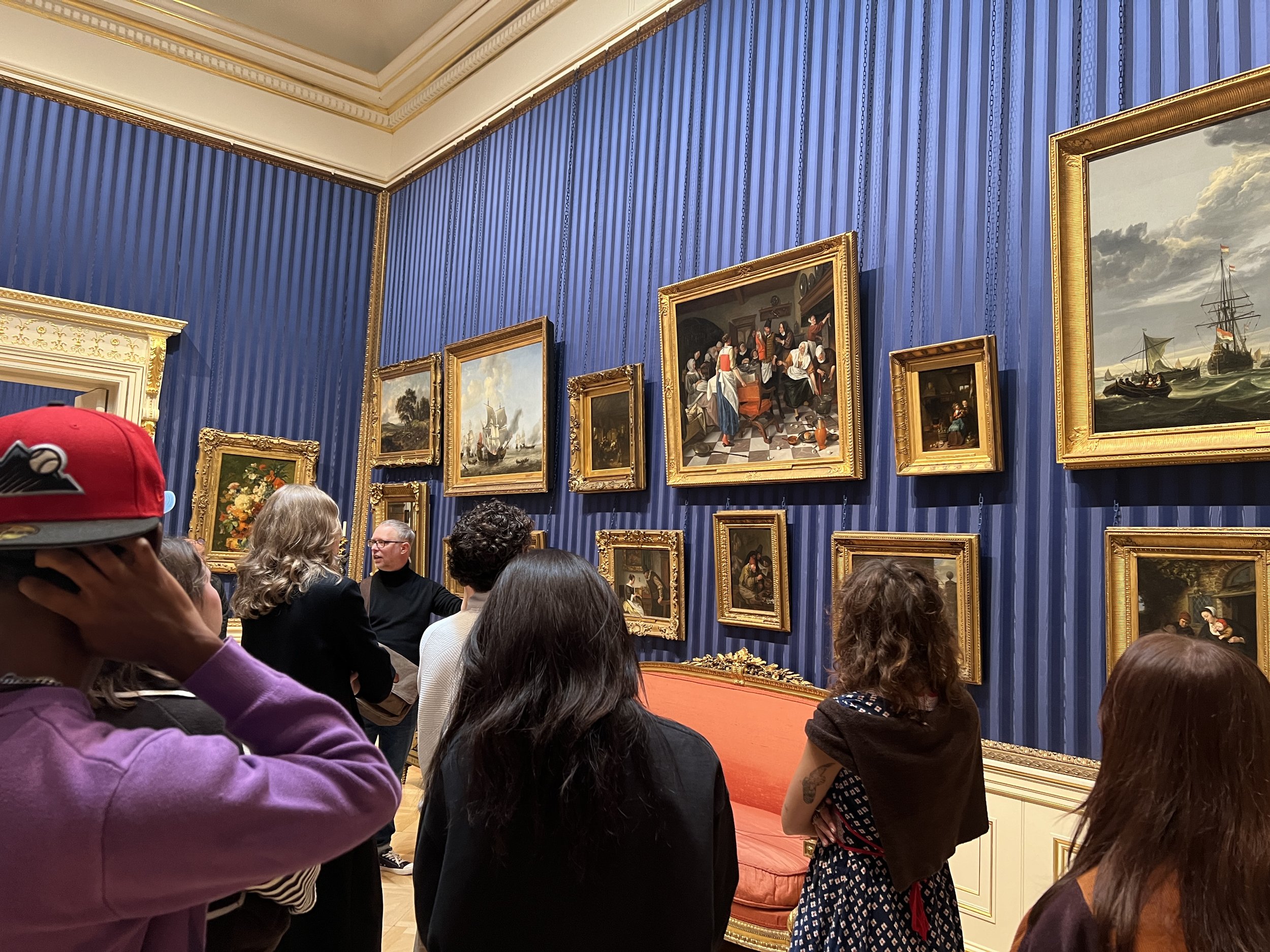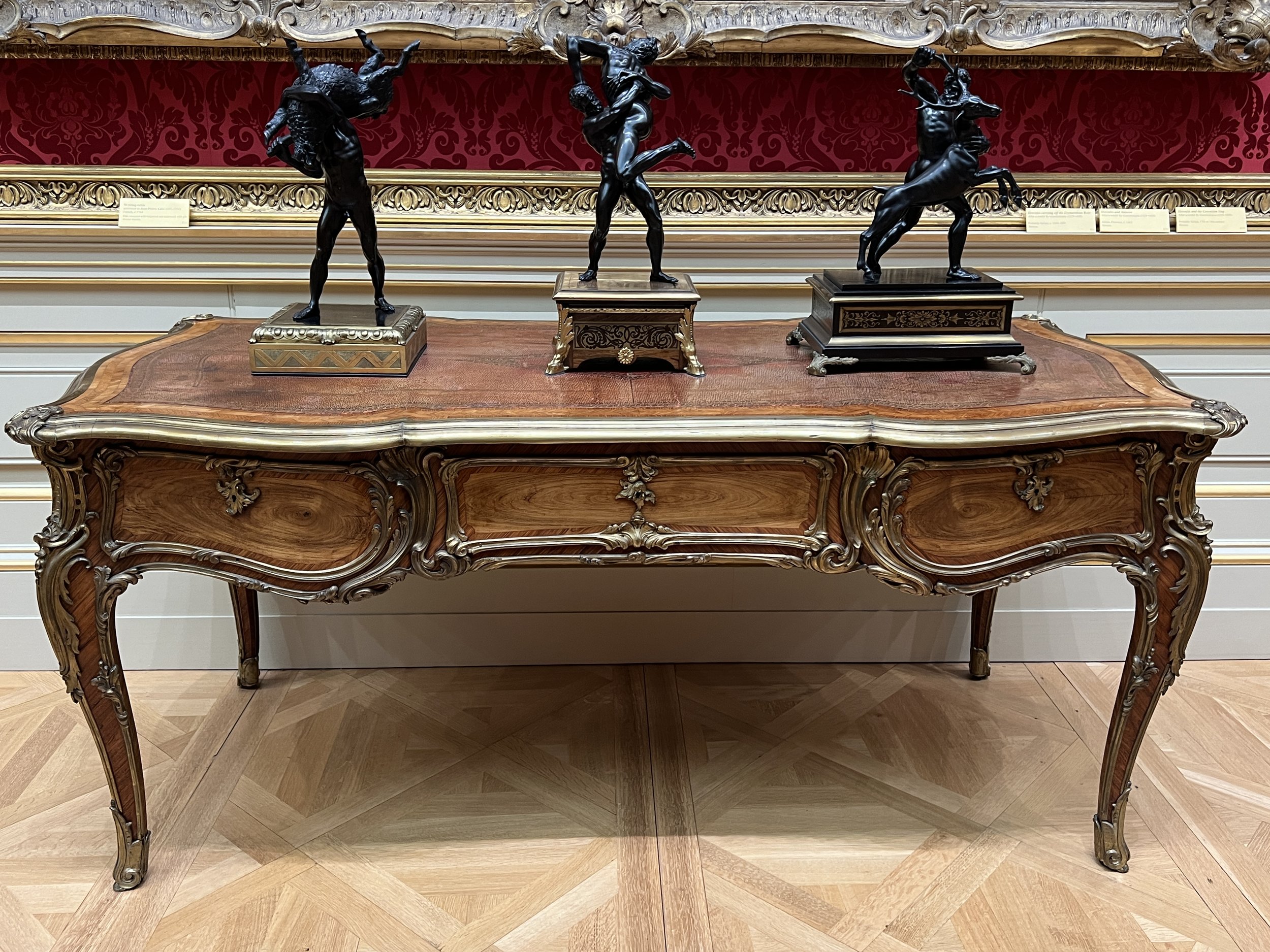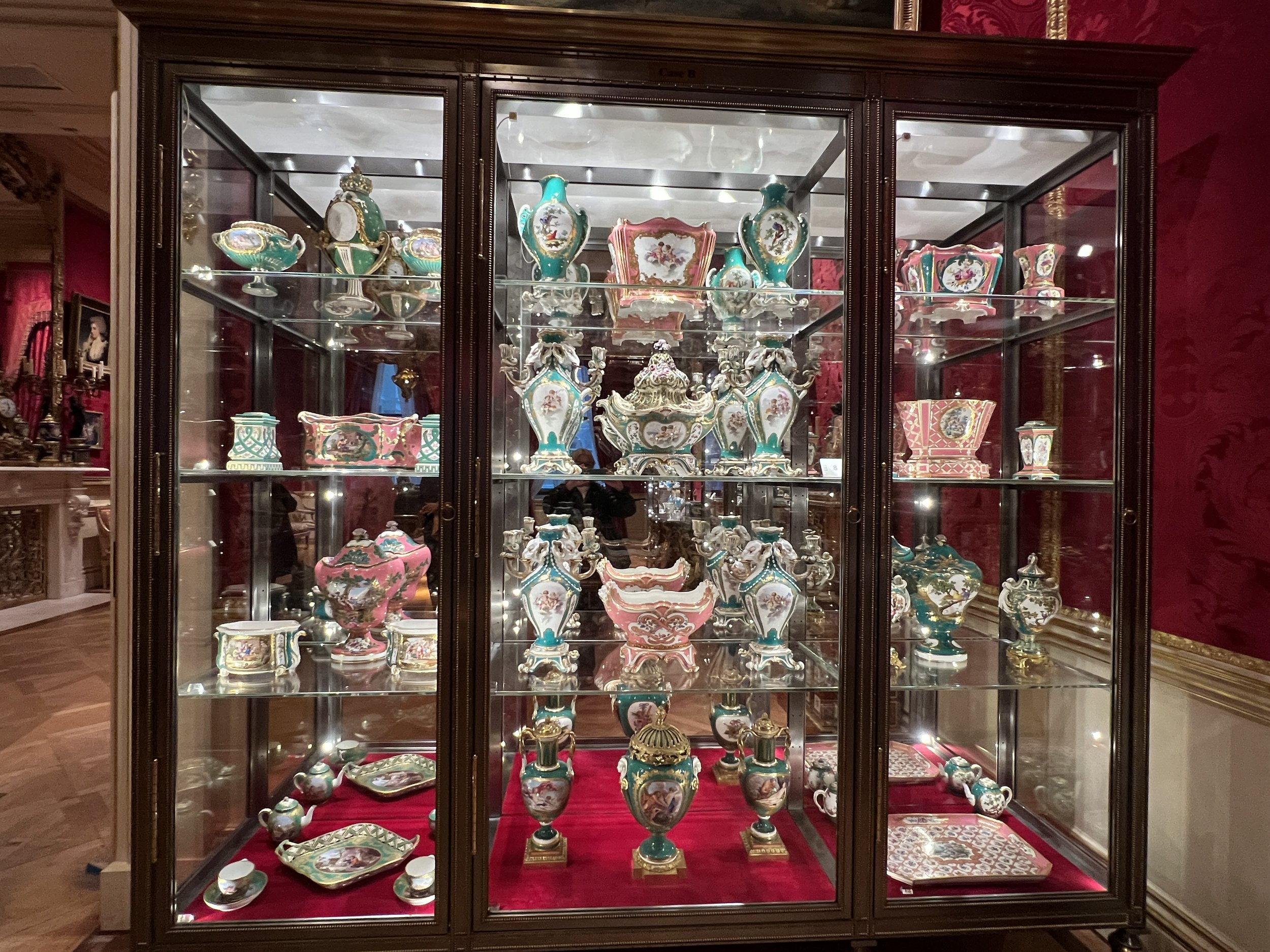





I recently had the chance to visit one of London’s hidden gems, the Wallace Collection, and it was an experience I won’t soon forget! Located in the heart of the city, within the luxurious Hertford House, the collection offers a spectacular display of art, furniture, and historical artifacts. From world-renowned paintings to the finest examples of French 18th-century furniture, this museum has something for everyone. Whether you’re an art aficionado or simply looking to indulge in some history, the Wallace Collection is a must-see. Here are a few highlights that truly stood out during my visit:
1. The Laughing Cavalier by Frans Hals
This portrait, one of the collection’s most famous pieces, captures the spirit of the subject with incredible skill. The expression of the Laughing Cavalier is so vivid, it feels as if he might step right out of the frame. Frans Hals’ ability to bring life to his work through color, texture, and detail is on full display here.
2. The Swing by Jean-Honoré Fragonard
A quintessential Rococo masterpiece, Fragonard’s The Swing is as whimsical and romantic as it is beautiful. It perfectly embodies the playful elegance of 18th-century France, with soft pastels and flirtatious charm. The story behind this piece adds to its allure—an irresistible depiction of light-hearted mischief.
3. A Dance to the Music of Time by Nicolas Poussin
This stunning allegory of life’s stages by Nicolas Poussin is both complex and moving. It portrays four dancing figures, representing the passage of time and the ever-turning wheel of life. The depth of symbolism, combined with the harmonious composition, makes this painting a standout in the collection.
4. Venetian Views by Canaletto
Transport yourself to 18th-century Venice through the eyes of Canaletto. His Venetian views are stunning in their accuracy and attention to detail. The way he captures light and the architecture of Venice’s canals makes it feel as though you’re standing on the banks of the Grand Canal.
5. Rembrandt’s Self-Portraits
No visit would be complete without admiring the works of Rembrandt. His self-portraits in the Wallace Collection showcase his genius in manipulating light and shadow. The emotional depth and introspection in his works are unparalleled, offering an intimate look into the life and mind of the artist.
History Lovers, Rejoice: The Armory
For those who prefer a more historical approach, the Wallace Collection boasts an impressive Armory. From elaborate swords to intricately designed suits of armor, it’s a history lover’s dream. One of the highlights was seeing Henry VIII’s armor—a piece of British history that’s just as grand as you’d expect. The attention to detail in these items is awe-inspiring, reflecting both the artistic and practical aspects of warfare from centuries past.
The Beauty of French Decorative Arts
One of the things that sets the Wallace Collection apart is its incredible range of French 18th-century furniture and decorative arts. The level of craftsmanship is unparalleled, with ornate designs that tell stories of opulence and luxury.
Jean-Pierre Latz’s Writing Table
This beautiful writing table, attributed to Jean-Pierre Latz, is a perfect example of Rococo elegance. It features exquisite carvings and delicate gilt-bronze mounts, showcasing the high level of detail that went into furniture design during this period. The curves and intricate elements of this piece reflect the lighthearted and decorative nature of Rococo.
Sèvres Porcelain Collection
The Sèvres porcelain on display is equally mesmerizing. Known for its rich colors and intricate detailing, the porcelain collection adds a touch of sophistication and luxury to the museum’s offerings. These pieces were highly prized in French aristocratic circles and continue to captivate visitors today.
Conclusion: A Must-Visit for Art Lovers
The Wallace Collection offers an incredible journey through art, history, and design, spanning centuries of European culture. Whether you’re captivated by the dramatic portraits of the Old Masters or the delicate craftsmanship of French furniture, this museum has something for everyone. If you’re ever in London, make sure to visit and take in the beauty and splendor of these timeless works, the visit is entirely free!













